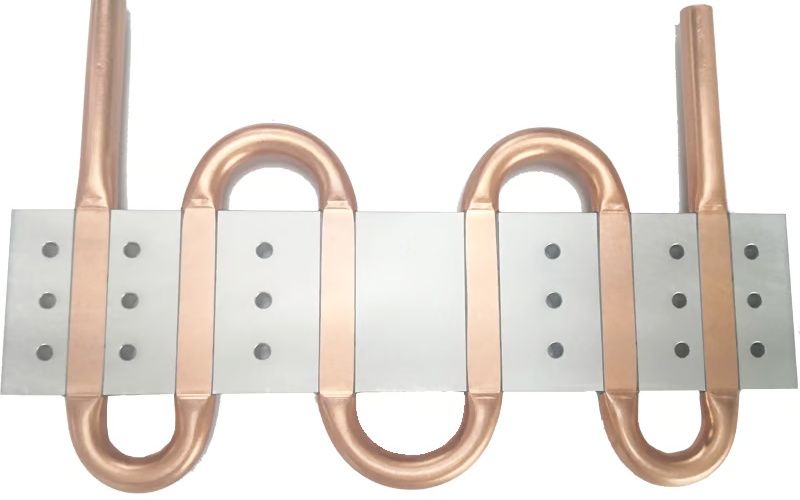Introduction
As technology continues to advance, electronic systems are becoming more complex, with increased processing capabilities, higher performance, and smaller form factors. However, these advances in technology come at a cost - increased heat production.
liquid cooling plates have emerged as a viable solution for managing the heat generated by electronic systems.
What is a Liquid Cooling Plate?
A liquid cooling plate is a heat dissipation device that circulates liquid through a plate to transfer heat away from a heat source. The liquid typically used in liquid cooling plates is a water-glycol mixture, which has excellent heat transfer properties, high boiling and freezing points, and low viscosity. The liquid is circulated through a network of channels or tubes within the plate, which maximizes contact with the heat source.
How Does a Liquid Cooling Plate Work?
A liquid cooling plate works by using conduction to transfer heat away from the heat source. The process typically involves attaching the plate to the heat source, which may be a processor, graphics card, or power supply. The liquid is circulated through the channels or tubes in the plate, which absorb the heat and transfer it away from the heat source. The heated liquid then flows to a radiator or heat exchanger, where it is cooled by a fan or other cooling device. The cooled liquid is then recirculated back to the plate to repeat the process.
Why is a Liquid Cooling Plate Better than Air Cooling?
Liquid cooling plates offer several advantages over traditional air cooling. The primary advantage is their superior heat dissipation capabilities. Liquid has a higher thermal conductivity than air, which means it can absorb and transfer more heat. Additionally, liquid cooling plates are typically more efficient and quieter than air cooling solutions. They can also be customized to fit specific applications and are more effective at managing heat in small form factor systems.
Types of Liquid Cooling Plates
There are two types of liquid cooling plates: single-phase and two-phase. Single-phase cooling plates use only liquid to transfer heat away from the heat source. Two-phase cooling plates use a mixture of liquid and gas, typically refrigerant or water, to transfer heat away from the heat source. Two-phase cooling plates are typically used in high-performance applications where traditional single-phase cooling solutions are insufficient.
Applications of Liquid Cooling Plates
Liquid cooling plates are used in a variety of applications, including:
- High-performance computing
- Graphics processing units (GPUs)
- Power electronics
- Electric vehicle batteries
- Medical equipment
- Aerospace and defense systems
Advantages of Liquid Cooling Plates
The advantages of liquid cooling plates include:
- Higher heat dissipation capabilities
- Higher cooling efficiency
- Quieter operation
- Customizable to fit specific applications
- More effective in small form factor systems
- Capable of handling high-performance applications
Disadvantages of Liquid Cooling Plates
The disadvantages of liquid cooling plates include:
- Higher cost than traditional air cooling solutions
- Require more maintenance
- Risk of leakage or system failure
- More complex installation process
Conclusion
Liquid cooling plates have emerged as a viable solution for managing the heat generated by electronic systems. They offer several advantages over traditional air cooling solutions, including higher heat dissipation capabilities, higher cooling efficiency, and customizable design. While they come with some disadvantages, such as higher cost and more maintenance, their benefits make them a worthwhile investment for high-performance applications.
liquid cooling plate, heat dissipation, two-phase cooling, high-performance computing, power electronics, electric vehicle batteries, medical equipment, aerospace and defense
Liquid Cooling Plate: The Ultimate Solution for Reducing System Heat
Liquid cooling plates are a solution for managing the heat generated by electronic systems. Discover its benefits, applications, and disadvantages here.
Quote Inquiry
Contact us!

